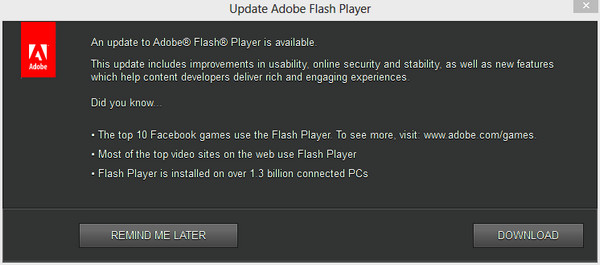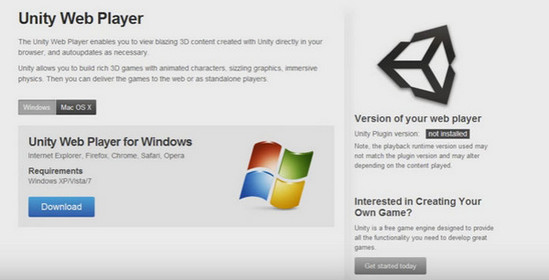Either way you look at it, whether I'm running the old version of Flash Player or the new version of Flash Player, there is a subset of websites (different in each case) that I cannot access content on, and that's Adobe's fault for the most part.
One of the most often-cited criticisms of the user experience with Apple's iPhone, iPod touch and iPad devices is that they do not support Adobe Flash content. They do support other multimedia Web page systems, most notably HTML5. Some alternative iOS browsers offer limited support for Flash-based Web pages.
Apple Computers
To display Adobe Flash content, a device must either have a dedicated Flash player or a plug-in tool for a Web browser. Apple computers such as the MacBook do not have a Flash player installed by default, but users can install a player or use a Web browser such as Chrome that supports Flash.
iOS
- The QuickTime Plug-in can play a lot of Flash content, but only the Flash Player Plug-in can handle the latest stuff. There are several standalone Flash video players available on the Mac. There are several standalone Flash video players available on the Mac.
- If you think Adobe Flash player is not an appropriate plugin, do you have a suggestion for an alternative? I've switched to using Google Chrome, but I'm told they will ban Adobe as well. I play 'King' games such as Candy Crush, as well as others and I don't want to give up my games.
- Mac Windows Adobe Flash Professional is a program that creates animations and multimedia applications such as online games. Usually, this type of content can be played in browsers through Flash Player or Adobe Air.
Like Apple computers, iOS devices and their built-in Safari Web browser do not support Flash by default. Unlike with the computers, iOS devices are closed, meaning users cannot install software unless it comes through the iTunes App Store and has been verified by Apple. Then-Apple chairman Steve Jobs explained in 2010 that Apple had no intention of letting users install Flash on iOS devices. He said Flash was unreliable and could cause memory problems and instability with iOS devices. Analysts believe Jobs may also have feared that if Flash caused iOS devices to crash, Apple might get blamed for the poor user experience.
Workarounds
Adobe Flash Player Replacement For Mac


Some Web browsers available through the iTunes App Store for iOS devices do offer support for Flash content. The reliability and performance of such browsers is variable and they offer no guarantee that a particular Flash-based page will work correctly. Other applications available on iOS devices get around the problem by connecting to your computer and using a remote desktop feature. This means that although you can 'see' Flash content on your portable device, it is actually running on your computer and you are merely watching a remote video of its screen.
HTML5
Adobe Flash Player Update For Mac
The main way iOS devices access content similar to that created with Adobe Flash is by supporting HTML5 in the Safari browser. This is the latest edition of the language used to display and organize information in Web pages and is the first completely new edition in 15 years. One of the key features of HTML5 is that Web pages can contain not just the code that makes up the content multimedia presentation but also the code needed to display it on screen. This gives the browser enough information to display the content without the need for any plug-in tools or separate applications. Apple believes that over time, Web page developers will use HTML5 and will have no need to use Flash. This appears to be an accurate prediction, as Adobe has already stopped development work on Flash for mobile devices.

Flash Memory
Substitute For Adobe Flash Player For Mac
Adobe Flash has no connection with flash memory. This is a type of computer storage that allows quick access and quick writing and rewriting, while only requiring a low amount of electrical power. As well as being used in USB memory 'sticks,' flash memory is used for storage on Apple's iOS devices, in place of a traditional hard drive.
References
About the Author
A professional writer since 1998 with a Bachelor of Arts in journalism, John Lister ran the press department for the Plain English Campaign until 2005. He then worked as a freelance writer with credits including national newspapers, magazines and online work. He specializes in technology and communications.